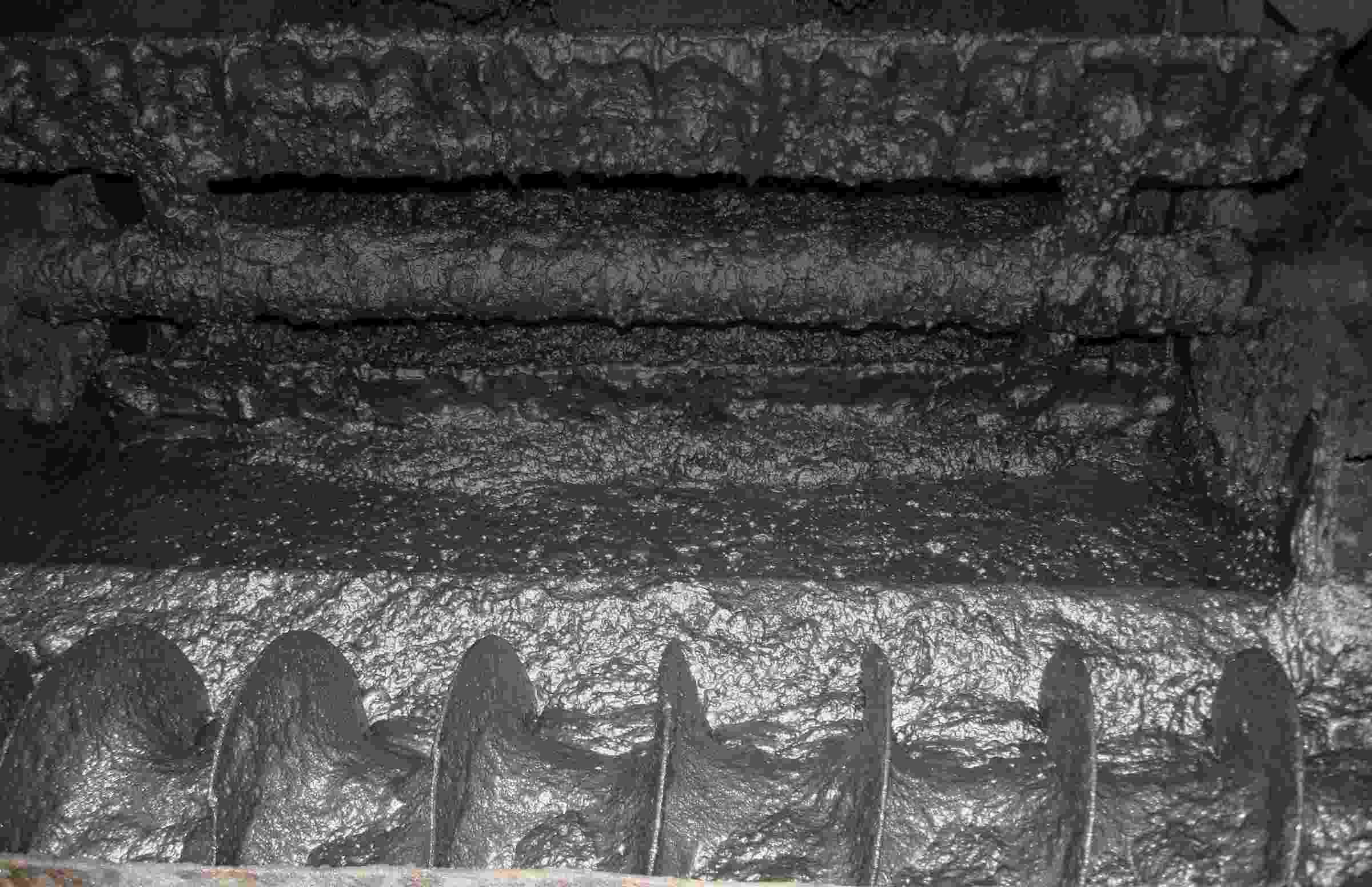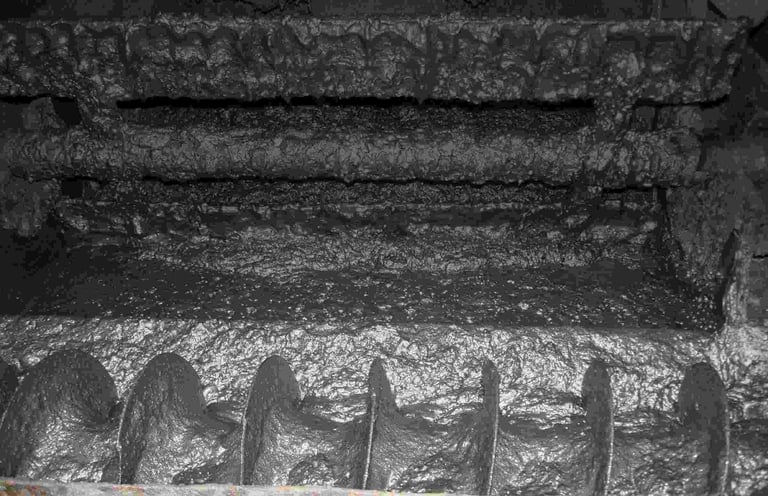Tirupati Graphite plc (LON:TGR) Executive Chairman Shishir Poddar caught up with DirectorsTalk discuss the completion of Suni Resources, what the two assets will bring to the group and the massive global demand for graphite.
Q1: You announced the completion of the acquisition of Suni Resources, can you tell us a bit more about this acquisition and the rationale behind it?
A1: The projects that Battery Minerals was developing in Mozambique, these are projects that I had been watching in fact, prior to TG listed. This was with the view that while I was watching many other projects, I did see these projects as one of the better ones, firstly.
Secondly, I also saw that Battery Minerals was very systematically and properly doing their studies on exploration and development of feasibility studies of these projects.
So, with the vision in which we created Tirupati Graphite, we actually needed another good graphite project, outside of our Madagascan assets. I saw an opportunity when Battery Minerals decided to change their focus to gold exploration, from graphite.
I must say, I am extremely thankful to Battery Minerals and their management team for having understood what an acquisition of these assets by us would mean for the assets. They, obviously, must have talked to more than just us, whilst coming to a conclusion on this, and they saw in us a team, a company that has the ability to develop these assets.
Now, coming to the rationale for us. Historically, Battery Minerals has deciphered 152 million tonnes of graphite reserves and resources in these two projects that Suni Resources holds. That’s about 12 million tonnes of contained graphite which is kind of 12 times of what we have in our Madagascan assets, as of their exploration outcome last announced. So, these are very large graphite projects, firstly.
Secondly, they are located in a jurisdiction the graphite of which is quite well established in the markets and which is quite complementary to what we have in Madagascar. Madagascar is a concentration of jumbo and large flakes, these are medium and small flake deposits.
So, we get the entire basket, we get diversity of location and we get a size of resources with which we can take forward our vision of being 8% of global demand capacity by 2030, which is not a small quantum, it’s possibly about 400,000 tonnes of graphite.
So, these resources and acquisition, they put us on the front foot of taking forward what we intend to do or what we think of doing in our graphite space.
Q2: You’ve acquired two impressive graphite projects in Mozambique; the Montepuez and Balama Central projects. What do these add to your existing operations in Madagascar?
A2: I’ve already talked about the quality of these projects and how it helps us. Let me know come to specifics about these two projects.
So, the Montepuez project is a more advanced stage project where Battery Minerals actually, post completing their feasibility studies, started construction for a first 50,000 tonne module. It’s licenced for two modules of 50,000 tonnes each and I’m sure the Mozambique government will be more than happy to give us licence for more capacity if we look forward to creating that.
When they started construction of the first module, they finished a few activities:
- they finished building a base camp for 100 people, a very high quality base camp, fully secured, properly fenced, and it is an upmarket arrangement so that we can put quality human resources on the project and build it.
- The developed area for setting up of the processing plant needs quite an investment in earthwork and development of the location of that plant, that is all done.
- Detailing management arrangements so the tailing points, a dam is built for it, all arrangement of a high quality tailing dam which is actually made for 100,000 tonnes capacity in two modules, as the licence of the project is all ready.
So, we just thought let’s make an assessment of what it will cost us if we had to build these now, and it would cost us almost £10 million if we would have built all that we have got now. So, Montepeuz is ready to go now.
What difference will it make to the projects with TG acquiring it?
TG has its own technology for processing flake graphite and it has the ability to build flake graphite in learner process circuits. As a result, smaller investment on the capex side and it also helps us reduce the target or calculated opex for the projects because we can do things in a smaller circuit.
So, our approach right now for this project is that we will immediately embark on the tests that are required so that we can adopt our sand extraction technologies, which are used in Madagascar for these projects. Also, see the best flotation systems because we have two; one is the conventional flotation systems and second is the column flotation systems, both have developed. So, we will optimise the process flow sheet there and then get onto building the first module.
Coming to the Balama Central project, it is a feasibility study ready stage. Nothing has been built on the ground as yet but now it is fully licenced, the licence for Balama was granted a few quarters back. So, as we embark on continuing the development of Montepuez for the first 50,000 tonne, we will get into further planning for the Balama Central projects.
So, all put together, these assets they add to our kitty high quality top-end graphite resources, ready to build, very high quality exploration work done, mine plan development so that is where we are.
Q3: How big is the opportunity for the Company with the seemingly massive demand for graphite?
A3: On the back of the energy transition economy, as of today, the globe is consuming about 1.5 million tonnes of graphite, of which more or less anywhere around 25% is going to the energy transition economy, lithium-ion batteries primarily. The balance is into various other applications, many of which are also related to energy transition or energy efficiency.
Electrification of mobility, grid storage of energy so that energy efficiency can be improved, and for others that are less visible like thermal management, composite materials, all these are growing. The result is that every forecast that you see, none says that graphite consumption by 2030 will be less than 5 million tonnes, globally, so from where we are, we’re going more than 3 times in the next 7 years.
Now, as a company, we want to play a vital role in securing the world’s need for this critical material, and also diversifying its location so currently China is the biggest source.
These resources, adding on to our Madagascan resources, give us all types of graphite in the basket, give us a huge size of the resource and give us advantaged stage projects by which we can take forward our plans to evolve into a 400,000 graphite company by 2030, 8% of the global demand.
Q4: The acquisition itself was first announced in August of 2021, could you just throw some light on what went through in this time to completion because it has been 19 months?
A4: This is a very very good question and something that possibly cannot be read between the lines and understood by people generally.
Historically, Battery Minerals may have spent no less than $40-50 million in bringing the projects to the stage it is. The first thing we broke as a barrier was when we agreed to a deal with Battery Minerals, which was far less than the amount they had historically spent on the project.
Having done that, once we announced the deal, there were two primary condition precedent that had to be achieved, one was the approval of shareholder of Battery Minerals for the transaction.
It took Battery about 3 months to get that and obviously I can see that they must have done a lot of convincing to their shareholders for approval. On the back of this, we as a company are possibly the most exclusive on the globe on the ability to build graphite projects so even if the headline number as of today is lower, because they were getting a larger chunk of the consideration of equity, they had the possible upside for the future.
Once Battery Minerals completed their shareholders approval, what happened was in the interim, the licence for the Balama project was granted by the Mozambique government which was in process, that brought in another complication.
Whilst it was very good that the licence was granted, that brought an obligation on Battery or Suni to provide a bank guarantee according to law to the Mozambique government. So, we were in a catch-22 situation at that point.
Battery obviously would not invest £1 million for the bank guarantee required to be furnished and we didn’t have the assets in our hand so we approached the government to allow us to finish the bank guarantee post-completion so it took a few months .
Simultaneously, there was a process of capital gains tax assessment so as I said earlier, Battery actually sold these assets at a price far less than they had invested in it but there was an assessment which made Battery liable to pay almost $2.5 million worth of capital gains tax. So, again we were in that catch-22 situation of how to fund it.
In between, our share prices fell so because we had a consideration with a fixed share price, base don what it was at the time of signing the agreement, the consideration effectively to Battery came down. So, that led to others possibly looking at opportunities, getting unsolicited offers back into Battery, and we had to battle around that.
So, I must say, Battery Minerals’ team and us have worked in very close coordination, beating every bump that came on the road for completing this acquisition with complete commitment and taking the right steps and right decisions at the right time, doing the completion in the right way.
Whilst I did see a lot of discussions on why it has taken so much time, people criticising about it all, as a management team leader of the company, it was my duty to ensure that this acquisition:
- remains on track, we did that.
- is completed with appropriate and required authorisation from the local government, we did that.
- happens in a manner that everything is clean, we’ve achieved that.
So, in a one-liner, “it’s easier said than done”. You’re dealing with multiple jurisdictions, you’re dealing with multiple laws, you’re dealing with an African national, you have to do it in a manner that you meet their expectations too.
What I would like to tell my shareholders and prospective shareholders is be sure that we are a team committed to our purpose, we have all the perseverance that is required, we have all the patience that is required and we have all the abilities to handle difficult and complex situations.
There is nothing I can remember where Tirupati Graphite has not delivered, there may have been bumps in the road but we have delivered the results that we have thought of delivering, always.





































